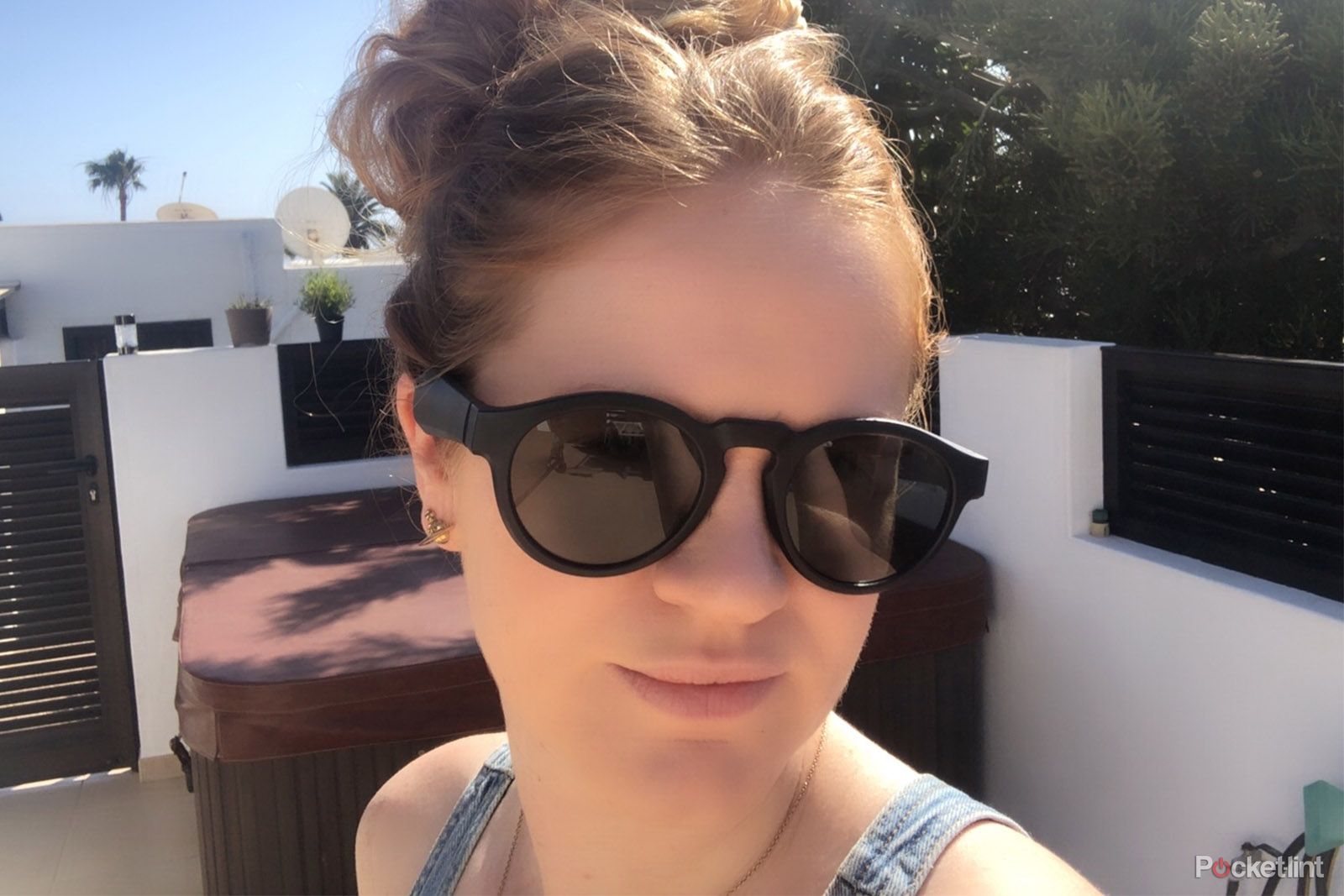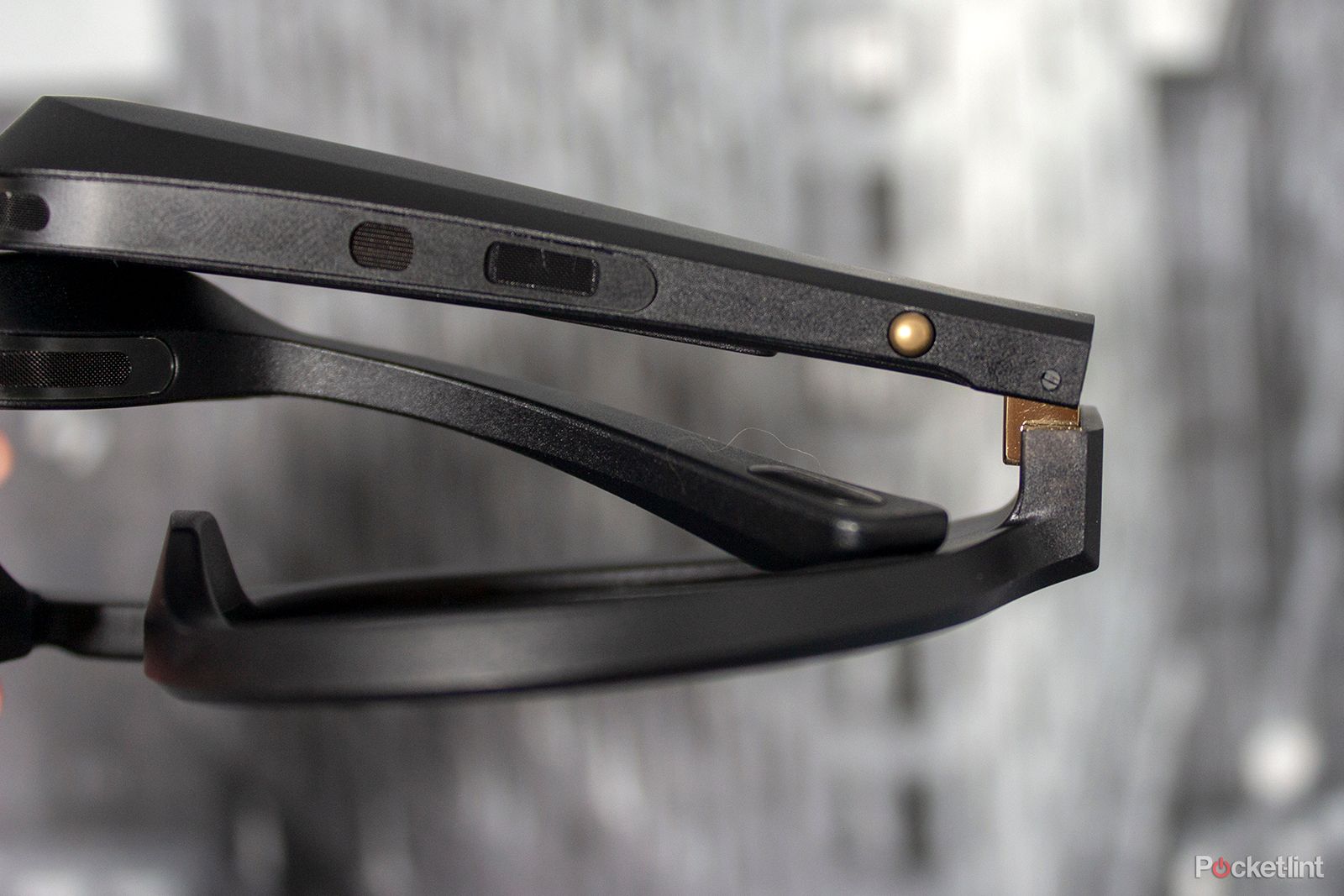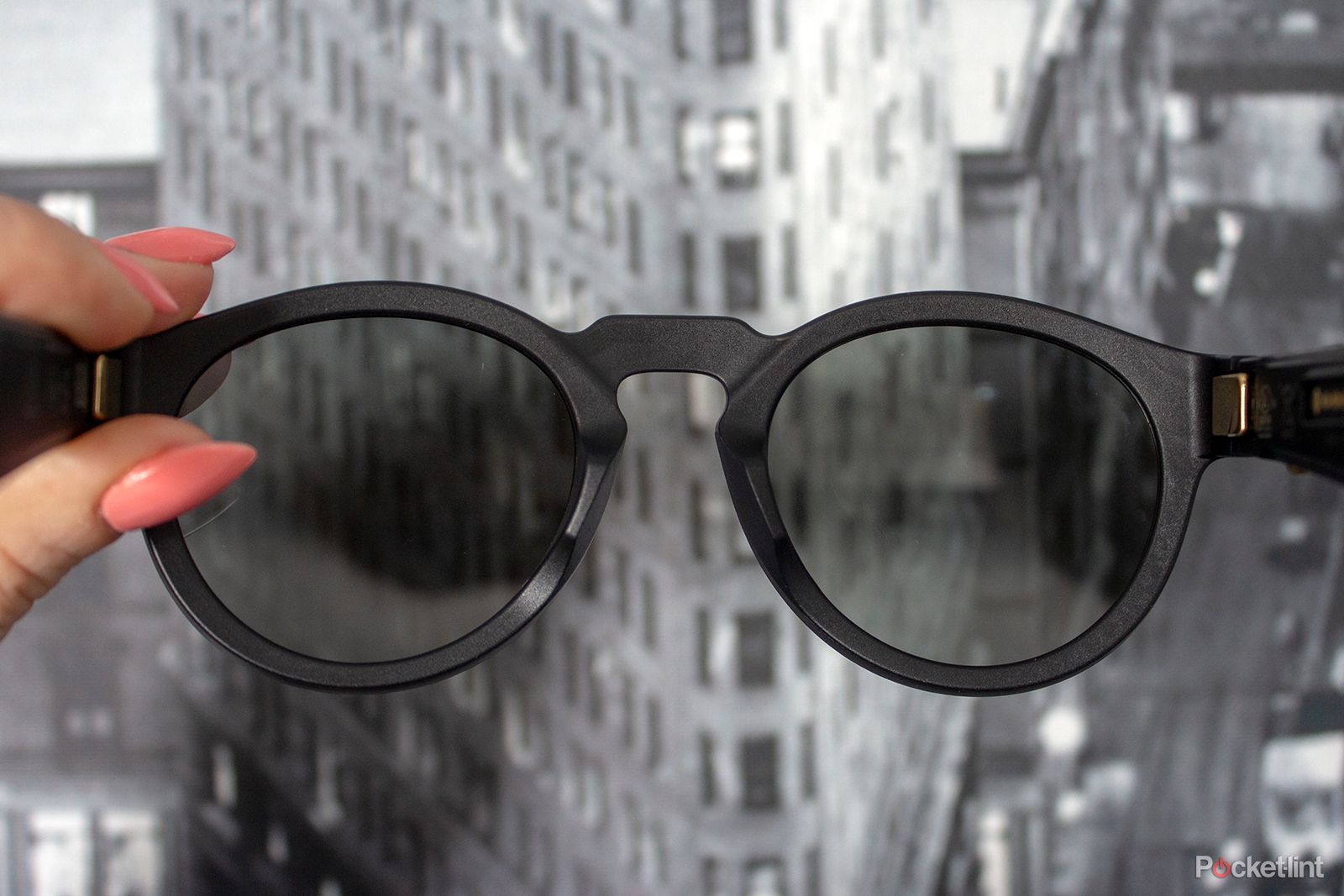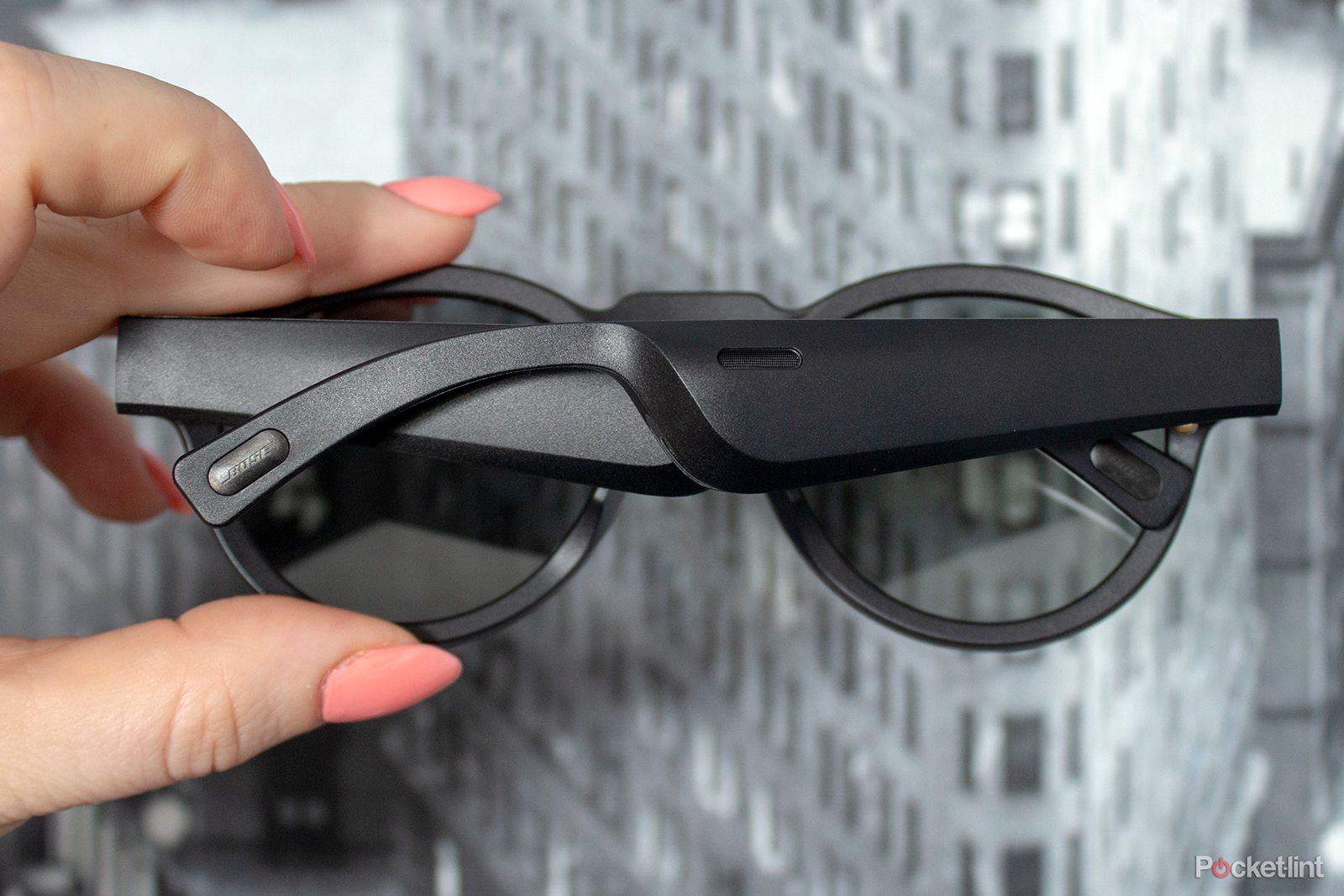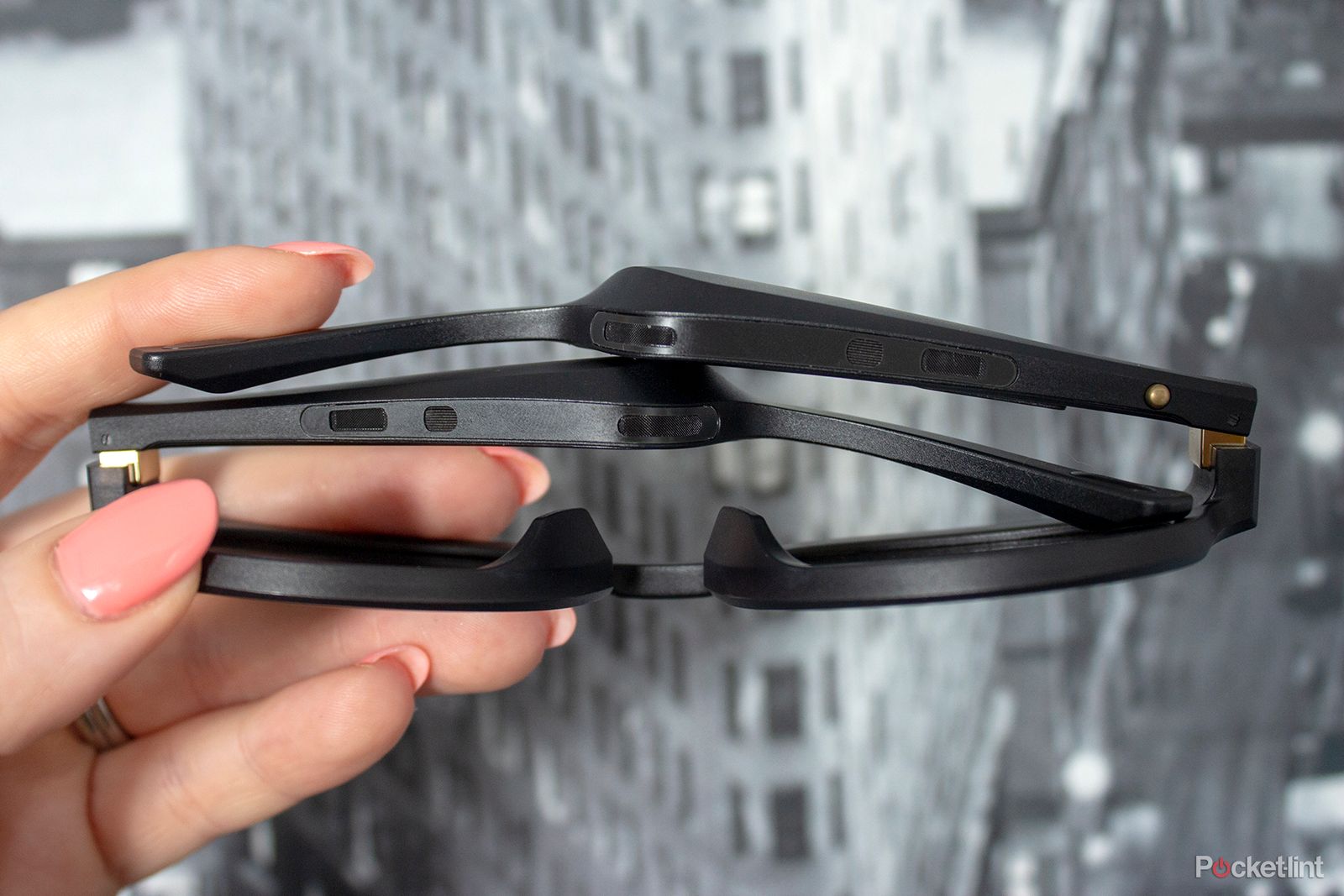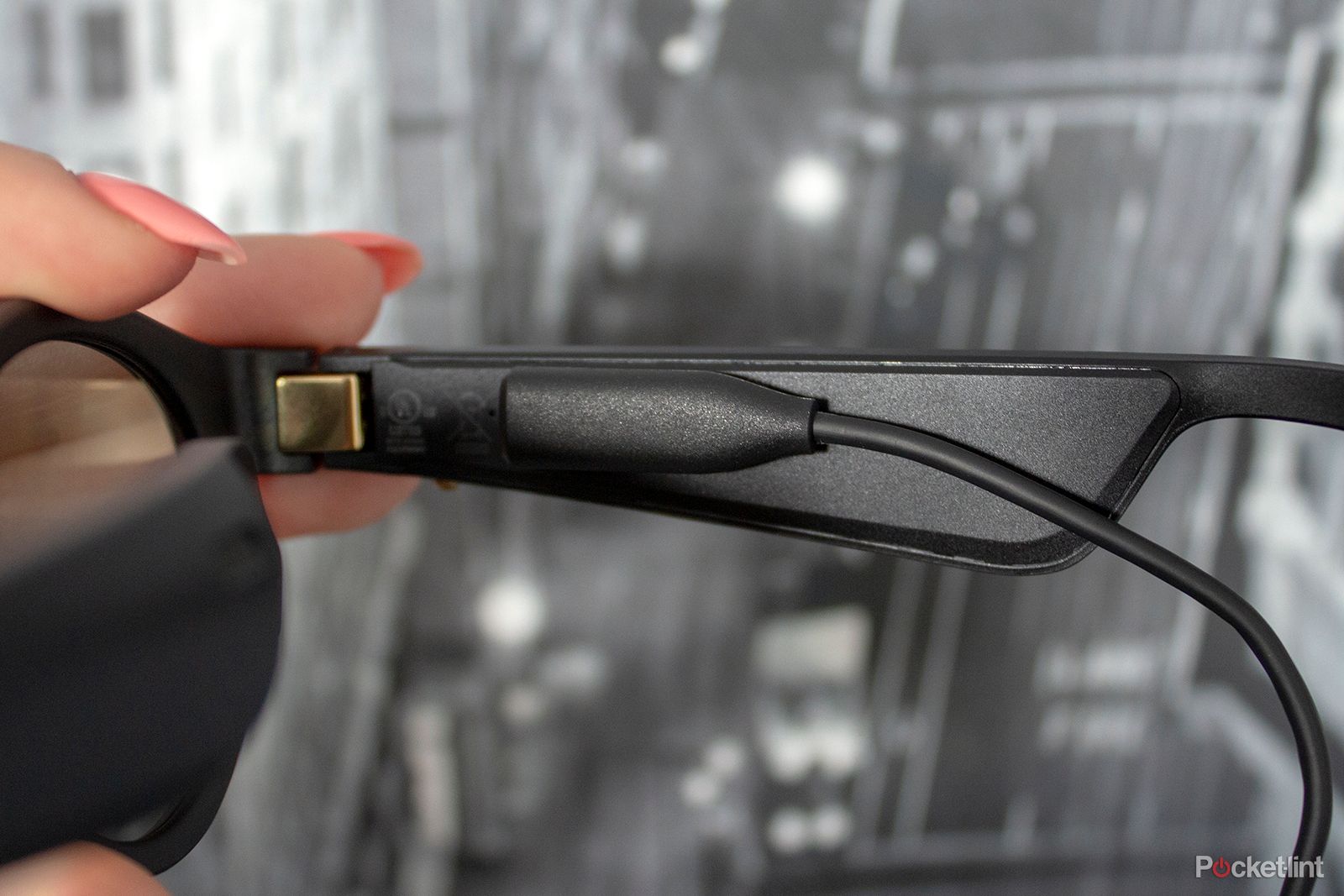Bose ventured out of its comfort zone when it launched the Bose Frames. These sunglasses-meet-wireless-headphones have been available in the US for a while, but as of 31 May, they will arrive in the UK.
Can the Frames replace your sunglasses and headphones in one fell swoop? Will they send your Ray-Bans and AirPods to the depths of your drawer? Here's our review of the Bose Frames Rondo.
Our quick take
If you're in the market for a pair of wireless headphones and sunglasses then the Bose Frames make for a great combination of both, even if they are a niche proposition.
The Frames look good in both design forms - Rondo and Alto - while sounding good for podcasts, audio books, phone calls and the odd bit of music (so long as it's not bass-heavy, as you won't hear it). In time, the audio AR element will expand too, offering more features and extra reasons to invest.
We did find sound leakage to be a slight problem at higher volumes, and we did find ourselves still switching to our AirPods when inside because wearing sunglasses inside or when it isn't sunny is just not something we are down with.
On the whole, however, the Bose Frames are a good-looking pair of sunglasses that deliver great audio quality. They aren't on par with Bose's other wireless headphones in terms of audio experience (more bass required please), and they won't be permanently replacing our Ray-Bans just yet, but as a combination device, this different take is worthy of consideration.
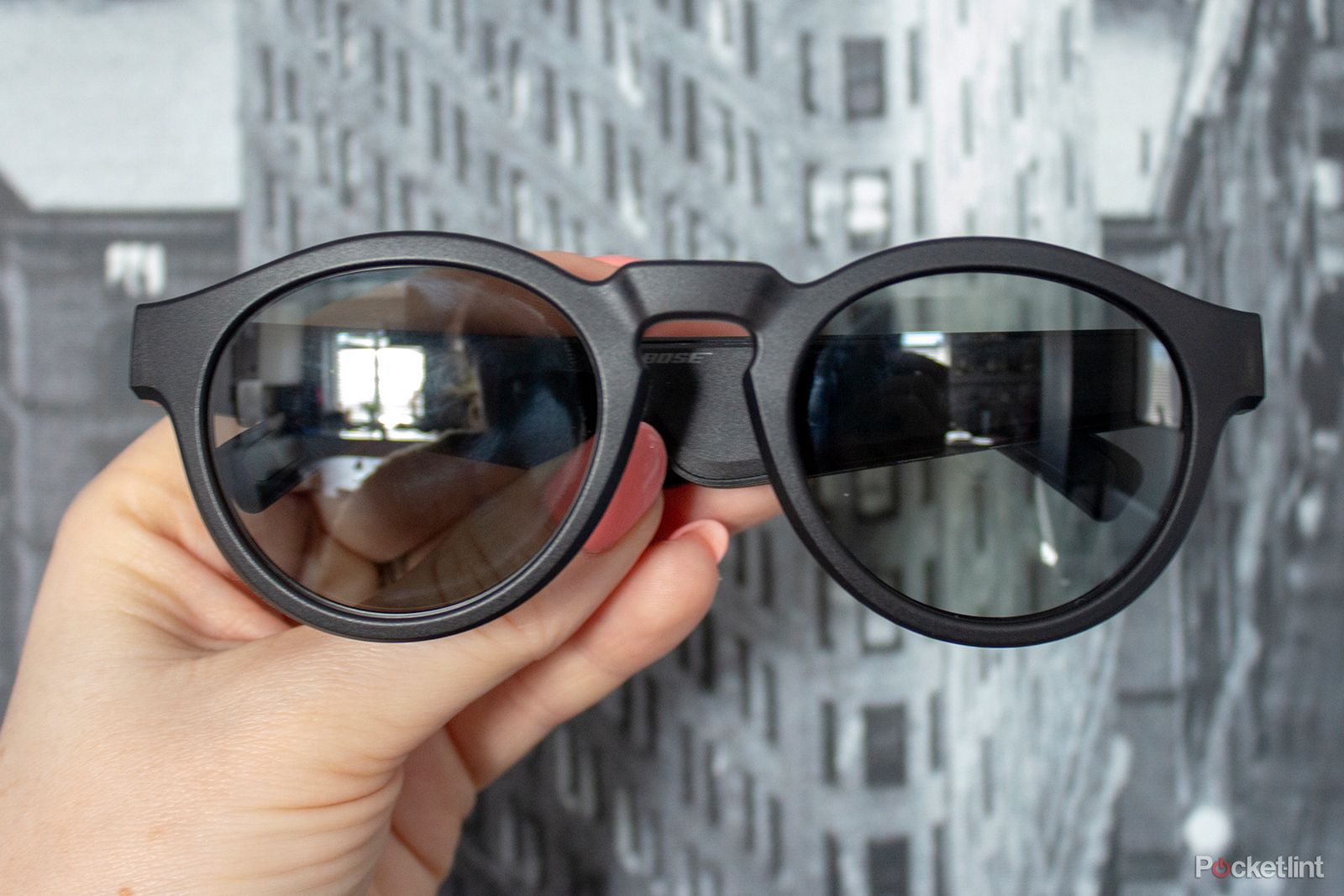
Bose Frames Rondo - 4.0 / 5
| FOR | AGAINST |
|---|---|
|
|
Bose Frames Rondo
Classic design
- Two styles available: Rondo and Alto
- Rondo: 49.5 x 15.5 x 154mm
- Alto: 52 x 18 x 162mm
- IPX4 splash resistant
The Bose Frames come in two styles: Rondo and Alto. Rondo are rounder and narrower, Alto squarer and wider. Both offer the same technology and features, while the design of the arms is identical - it's just the lens frames that differ.
We'd love to see more colour options in the future as we find solid black can be a little harsh against pale skin.
While similar in shape to Ray-Ban's Clubmaster's, the Bose Frames Rondo are slightly larger, with a thicker frame around the lenses and across the nose. If we were to change anything, we'd opt for a slightly slimmer bridge, but on the whole the Rondo Frames deliver a simple and classic look - even if they are still a little big for our head compared to our Clubmasters.
Front on, you'd never know the technology that hides within the Frames' arms, which is one of the great things about them. From the side, however, the arms are quite a bit larger and bulkier than a traditional pair of sunglasses.
Those with lots of hair can cover the majority of the arm bulk, while those without epic lockes would have to learn to live with the arms being that bit larger than your average Ray-Ban or Prada sunnies.
There's gold detailing on the stainless steel hinge, which adds a touch of luxury, while a single gold multi-functional button on the underside of the right arm delivers convenience.
One click of the button will pause and play music, or answer or end a call; two clicks will skip a track; three clicks will take you back to the previous track. You can also press-and-hold to activate Siri or Google Assistant, or to decline a call. Sadly, there are no volume controls on the Frames - we'd like to have seen touch-controlled arms for this.
The lenses on both the Rondo and the Alto can pop-out by pushing the specific pressure points, allowing users to switch them for the Bose coloured or polarised options, both of which are sold separately. At time of review, prescription lenses were being discussed but not something available as yet.
The standard lenses are claimed to block out 99 per cent of UVA and UVB light. Although we can't scientifically test this figure, the Rondo did do a good job at fulfilling their function as sunglasses.
Future feature potential
- 16mm custom transducers
- Bluetooth connection
- Audio AR
The Bose Frames feature the smallest and slimmest Bose system ever made, housed within the Frames' arms. Within this system, there are 16mm custom transducers on both sides of the glasses, alongside microphones.
The Bose Frames don't use bone conducting technology, as you might think on first glance. Instead, they deliver sound through the three speaker ports on the bottom of each arm. There's also a port on the side of each arm, designed to cancel out background noise - though this doesn't always deliver when in busy environments.
Connecting to your device via Bluetooth, the Bose Frames will not only play music, but you can make and receive calls, as you would any other wireless headphones. They also offer some audio augmented reality (AR) capabilities, though this element isn't fully realised as yet.
Currently, the Bose Frames are compatible with a number of apps. These include Golfshot, which has every golf course in the world mapped. The Frames feature multi-directional sensors and they use your phone's GPS to work out where you are. In turn, the Golfshot app will give you information, such as par, while also allowing you to move your head from side-to-side with audio feedback telling you when your head is in line with the hole so you know when you're on target. It will even tell you what club to use based on the distance.
Other apps that use the technology include New Balance, Headspace, Navisens, Walc and more. But there are no bigger names as yet - so it's currently more of a bonus feature than a reason to buy the Bose Frames. In time, the Bose Frames should be able to allow you to nod to answer calls, for example, so there's definitely some locked up potential.
If the audio AR feature is all you're after however, you might consider the Bose QC35 Series 2 headphones (models manufactured from September 2018 onwards) which have the technology built-in to them too, whilst also delivering great audio quality.
Good audio performance
- Smallest Bose system ever made
- Some sound leakage
Bose Frames audio quality is surprisingly good too - so much better than we expected while not having our ears obscured (which is surprisingly refreshing). Even at the lower volumes the sound is crisp and clear.
There's a lack of bass though - there is bascially none - which is the most notable downside, making the frames better for calls, audio books, podcasts and the like.
Volume is capable too, with plenty on offer, although you'll need full volume for very busy environments and even then the music can get a little lost with the Tube or bustling London streets taking over.
Bose claims the Frames only have one per cent sound leakage, but while you can't clearly hear what someone wearing the Frames is listening to, at the higher volumes sound leakage is definitely apparent. At 50 per cent volume and below, there's no problem, but head over the 80 per cent mark and there is leakage.
Phone calls are clear too. We had no issues having a conversation using the Bose Frames and we were told by multiple people that we sounded clear on the other end. The multi-functional button is great for answering and ending calls too, and if you have the feature set up on iPhone, the Bose Frames will announce who is calling so you know whether to answer or not - something that is possible on Apple's AirPods too.
Battery life
- Around 2.5-hour battery life
- 2-hours from dead to full
- Quick charge
The Bose Frames come with a three-and-a-half hour battery life promise, but we only managed around two-and-a-half hours of continuous playback and talk time. So the battery is on the lower end compared to other wireless headphones.
The Frames take two hours to charge from flat to full, with a special charging cable included in the case. Unlike AirPods or Samsung's Galaxy Buds, the Bose Frame's case doesn't offer any charging capabilities.
The Bose Frames do have quick charging functionality though, with five minutes of charge offering 30 minutes of play time. So if you need them for your lunchtime stroll, a quick charge should give you enough for a few tracks, or a brief conversation.
Bose Frames Rondo
To recap
Looking for sunglasses and earphones? Well, Bose has hit onto a niche proposition with the all-in-one Frames. They can't deliver headphone-quality audio due to lack of bass, but as a clear audio delivery for podcasts, audiobooks, phone calls and the odd tune, there's some appeal.

